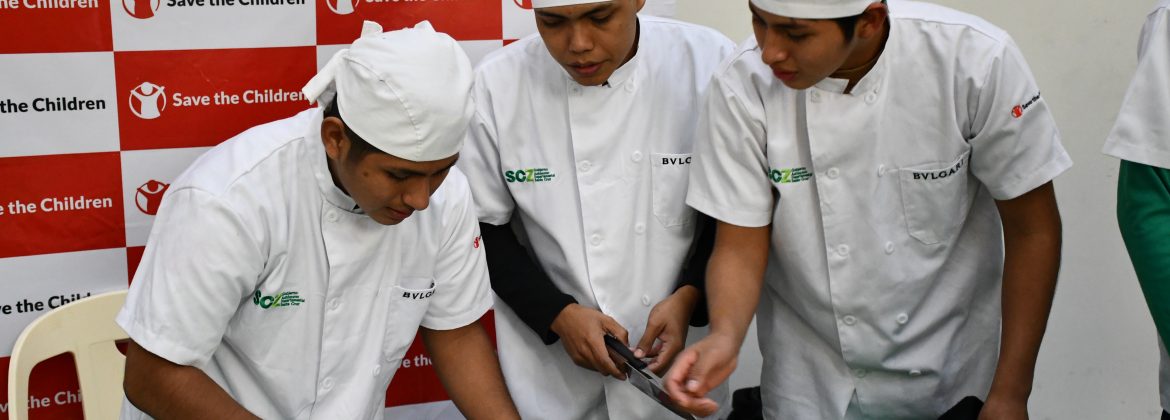
Youth Employment in Bolivia
Bolivia is undergoing a significant demographic shift. With a population of 11,365,333 (Census 2024), 27% are young people between the ages of 18 and 28 — an increase of more than 650,000 since 2012. This growth directly impacts the country’s labor force.
While Bolivia’s overall unemployment rate remains low at around 4%, youth unemployment is much higher, according to the Ministry of Labor. The problem is most acute in urban areas and is tied to precarious working conditions, limited demand for young workers, and the high level of informality in the labor market — a situation worsened by the country’s current economic crisis.
In this context, Save the Children, in alignment with the International Labour Organization, promotes decent work — employment that ensures freedom, equity, security, fair income, and opportunities for personal development. We implement programs that help young people increase their income through decent jobs and sustainable entrepreneurship. Our approach is based on two key strategies:
- Strengthening Municipal and Regional Job Placement Services
These job placement services connect young people with employment opportunities and provide training in both technical and soft skills. Through this initiative, 4.423 young people registered across 12 Job Placement Services received technical training, and 2.030 of them got an employment. - Supporting Entrepreneurship
We strengthen four entrepreneurial ecosystems — collaborative spaces where government, academia, industry, and investors work together to create favorable conditions for new ventures. In Cochabamba, La Paz, Santa Cruz, and Chuquisaca, these ecosystems supported the development of 118 youth-led economic initiatives.
Together, these strategies foster economic and social growth by driving innovation and expanding access to resources for vulnerable young people. They also aim to ensure the long-term sustainability of programmatic actions, balancing economic, social, and environmental priorities.

 Bolivia
Bolivia